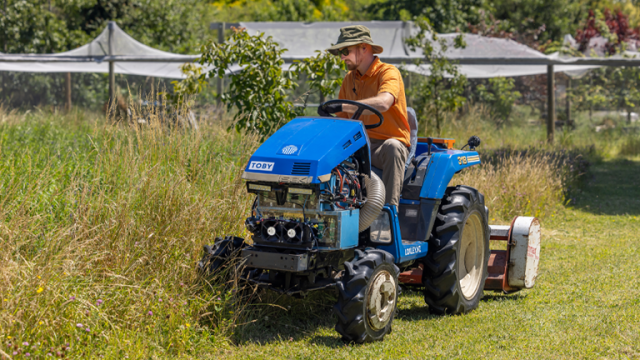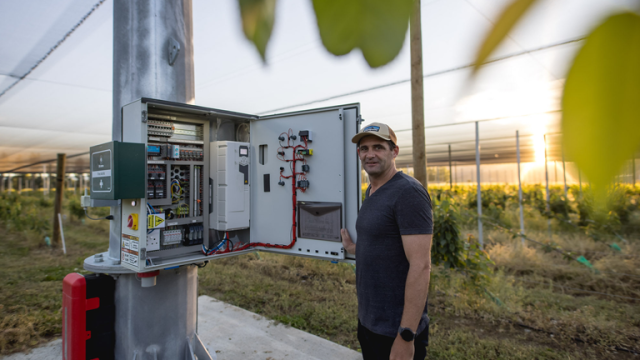Sustainable farming tips

Irrigation tips
Whatever your farm, a Precision VRI (Variable-Rate Irrigation) system could help increase yields and profitability. Variable-rate irrigation allows exactly the right amount of water to be applied to specific areas under a centre-pivot or linear-move irrigator, saving on water and pumping costs (providing a variable speed drive is also installed).
On dairy farms, the system can increase pasture and save water costs. With drier tracks, you’d expect to have fewer lame stock and lower track maintenance costs.
On crop farms, Precision VRI can save water and increase irrigation when supplies are restricted. You could save water and save money.
How else can I save energy while irrigating?
We’re glad you asked. There are heaps of ways you can save energy, some of them with no cost at all.
Irrigate little and often, and make sure you target irrigation at the active root zone, not below it. Using a gravity-fed supply can help too, by reducing pumping needs. It's also more efficient to avoid irrigating in windy or very hot conditions.
Consider irrigating at night to take advantage of reduced evaporation and if your plan allows, off-peak electricity rates.
Use a soil moisture monitoring system to ensure soil moisture remains between stress point and field capacity. You could also consider installing soil moisture monitors to avoid unnecessary irrigation and identify effective irrigation patterns. See Irrigation New Zealand for information about professional services.
Inspect irrigation systems regularly so you can identify and repair any leaks, blockages and worn sprinklers or nozzles. While you're at it, make sure pumps are the correct size and capacity for your requirements, so they operate at their highest efficiency and you’re not paying for capacity you don’t need.
Finally, if you can, install water flow meters and rain gauges to measure water usage and rainfall. This will help manage your irrigation and water consents more efficiently. You could also install variable speed drives on pump motors to even out the load, especially where land is hilly.
Mechanical equipment tips
The easiest way to save both energy and money is to switch off. Reduce motor idle time by identifying motors that are running but not in production.
You can also save money by running effluent pumps at night to take advantage of off-peak rates, if your plan allows.
It probably goes without saying, but regularly maintaining your mechanical equipment can help, too. Ensure belts and chains are tensioned correctly and keep filters clean.
Finally, investigate changing the drive type and gear ratios to reduce energy use. Installing control systems and variable speed drives can increase efficiency.
See how Kiwi farmers are leading they way to zero-carbon

An electric tractor that can cook your dinner
Electrifying a tractor doesn’t just make it cleaner and cheaper to run. It also makes it exponentially more useful, according to Canterbury-based innovator Duncan Aitken.

How to electrify an orchard
How a small farm near Wānaka changed one couple’s lives - and kickstarted a global movement to grow food completely free of fossil fuels.